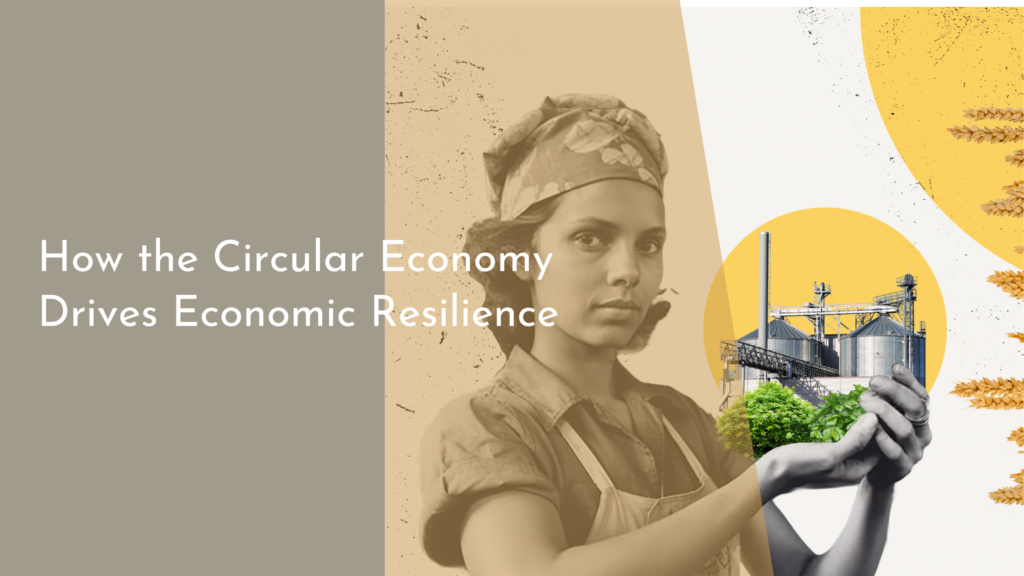Agroforestry in Perennial Cash Crop Integration
Agroforestry, a sustainable land-use management system that combines trees and shrubs with crops and livestock, is gaining traction as a viable agricultural practice. With the global need for more sustainable farming methods, integrating perennial cash crops into agroforestry systems presents a promising solution. This approach not only enhances biodiversity but also brings economic benefits to farmers, contributing to a healthier environment. In this article, we will explore the benefits of agroforestry, the suitability of perennial cash crops for this system, inspiring success stories, and the future of farming through agroforestry practices.
Exploring the Benefits of Agroforestry for Farmers
Agroforestry offers numerous advantages for farmers, the most significant being increased productivity and resilience. By integrating trees with traditional crops, farmers can enhance soil fertility, improve water retention, and reduce erosion. The canopy provided by trees creates a microclimate that protects crops from harsh weather conditions, which can significantly increase yields. Furthermore, the diverse plant system cultivates beneficial insects and pollinators, which can lead to healthier crops and reduced dependence on chemical pesticides.
In addition to environmental benefits, agroforestry practices can provide farmers with multiple income streams. By cultivating perennial cash crops alongside trees, farmers can harvest timber, fruits, nuts, and other non-timber products, thus diversifying their income. This economic diversification not only mitigates risks associated with crop failure but also enhances overall financial stability. Farmers adopting agroforestry practices often report improved livelihoods and a greater sense of community resilience, making it a win-win scenario for both the environment and the agricultural sector.
Perennial Cash Crops: A Perfect Match for Agroforestry
Perennial cash crops, such as coffee, cacao, and rubber, are particularly well-suited for agroforestry systems due to their growth habits and market demand. Unlike annual crops that require replanting every season, perennial crops can provide continuous yields for many years, reducing labor and input costs. The deep root systems of these crops also contribute to soil health by preventing erosion, enhancing water infiltration, and improving nutrient cycling, which is crucial in agroforestry settings.
Moreover, the integration of perennial cash crops in agroforestry can lead to improved ecological benefits. For instance, the shade provided by trees can enhance the quality and flavor of shade-grown coffee, leading to premium pricing in the market. This synergy between trees and crops not only supports biodiversity but also creates a more sustainable agricultural framework. As farmers increasingly recognize the long-term advantages of perennial cash crops within agroforestry systems, the potential for enhanced economic outcomes and environmental stewardship becomes evident.
Success Stories: Farmers Thriving with Agroforestry
Across the globe, numerous farmers have embraced agroforestry, with remarkable success stories emerging as a testament to its potential. In Brazil, smallholder farmers cultivating cacao under a canopy of native trees have seen not only enhanced biodiversity but also a significant increase in cacao quality and yield. This innovative practice has led to better livelihoods, as farmers can access niche markets that favor sustainably sourced cacao. The combination of agroforestry and perennial cash crops has empowered these farmers to adapt to climate change while improving their economic prospects.
Similarly, in East Africa, coffee farmers have adopted agroforestry systems with impressive results. By planting shade trees alongside coffee plants, farmers have not only increased their coffee yields but also improved soil health and water retention. The shade helps mitigate the effects of climate variability, ensuring a more stable and resilient production system. These success stories highlight the transformative potential of agroforestry, encouraging other farmers to explore this sustainable approach to agriculture.
Future of Farming: Embracing Agroforestry Practices Today
The future of farming lies in embracing innovative and sustainable practices, and agroforestry stands out as a leading contender. With the world facing challenges such as climate change, deforestation, and food insecurity, integrating agroforestry into agricultural systems can play a pivotal role in addressing these issues. As awareness grows, more farmers are likely to consider the benefits of planting trees alongside their crops, resulting in a more resilient agricultural landscape that supports both the economy and the environment.
Adopting agroforestry practices today can set the stage for a greener and more sustainable tomorrow. Governments, NGOs, and agricultural organizations are increasingly supporting agroforestry initiatives, providing resources and training for farmers to transition to these innovative systems. As we look forward, the integration of perennial cash crops in agroforestry not only promises economic viability for farmers but also contributes to global efforts in promoting sustainable land use and combating climate change.
In conclusion, agroforestry and perennial cash crops offer a wealth of benefits for farmers and the environment alike. As more success stories emerge from around the world, it’s clear that this approach to farming is not only viable but essential for a sustainable future. By embracing agroforestry practices today, farmers can secure their livelihoods, enhance biodiversity, and contribute to a healthier planet for generations to come. The potential of agroforestry is vast, and with continued support and innovation, it can redefine the landscape of modern agriculture.


